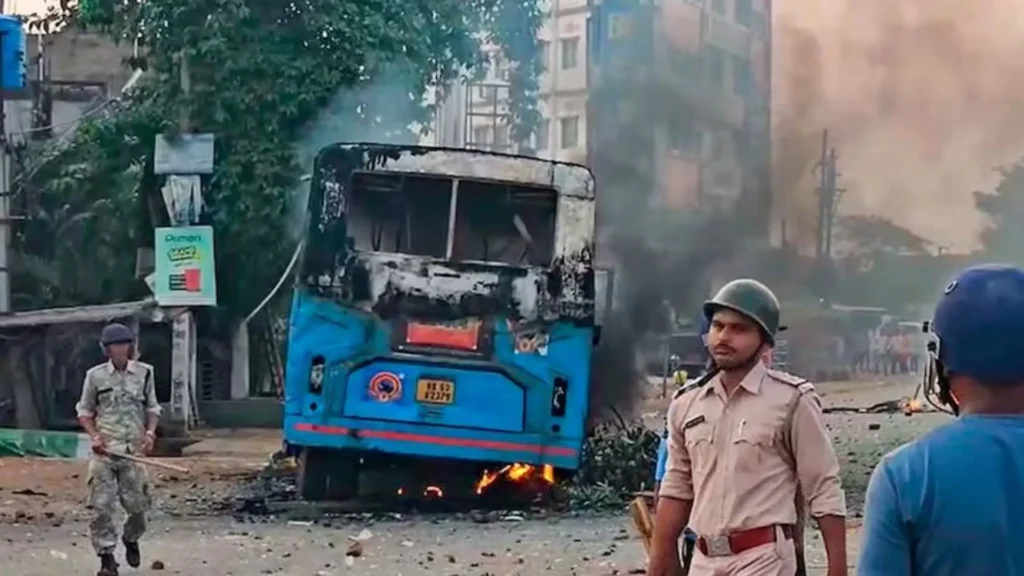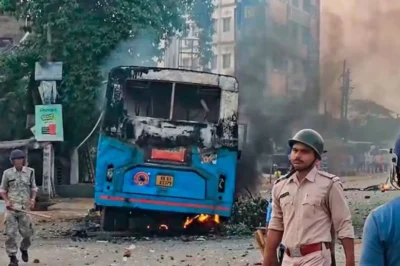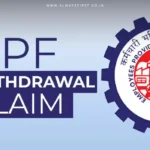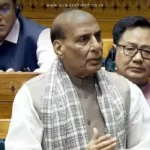
Introduction: Unrest in Murshidabad
In early April 2025, Murshidabad, a district in West Bengal, became the epicentre of violent protests following opposition to the Waqf (Amendment) Act, 2025. The unrest, which lasted from April 8 to April 13, resulted in multiple fatalities, injuries, and significant property damage. Central forces were deployed to restore order, and internet services were temporarily suspended in affected areas to prevent the spread of misinformation.
The Waqf (Amendment) Act, 2025: A Catalyst for Protest
The Waqf (Amendment) Act, 2025, passed by the Indian Parliament, introduced significant changes to the administration and governance of Waqf properties across the country. The legislation mandates gender equality by requiring representation of at least two Muslim women on the Central Waqf Council and State Waqf Boards, and ensures female inheritance rights. It also promotes sectarian inclusivity by requiring representation from various Muslim sects on State Waqf Boards. The Act empowers the Central Government to create rules for Waqf registration, auditing, and accounts, ensuring transparency and accountability. However, critics argued that the amendments infringed upon religious freedoms and minority rights, leading to widespread concerns, particularly among Muslim communities in West Bengal.
Escalation of Protests and Violence
The protests in Murshidabad, initially peaceful, escalated into violent clashes between demonstrators and law enforcement agencies. On April 8, protesters blocked National Highway 12 at Umarpur, disrupting traffic and setting police vehicles on fire. The situation deteriorated further on April 11 when demonstrators vandalized public and private vehicles, attacked the office of local Member of Parliament Khalilur Rahaman, and set a police jeep ablaze. Train services were disrupted as protesters squatted on railway tracks and pelted stones at a stationary train at Nimtita railway station. On April 12, a violent mob attack resulted in the deaths of two members of the same family, Hargobind Das and his son Chandan Das, when their residence was targeted. A 17-year-old minor, Izaz Ahmed Sheikh, also died after being shot during the unrest. Over 400 people, including women and children, fled from areas like Dhulian, Suti, and Shamsherganj in Murshidabad district, seeking refuge in neighboring Malda district.
Government Response and Legal Actions
In response to the outbreak of violence, the Government of West Bengal deployed additional police personnel to the affected areas and temporarily suspended internet services to prevent the spread of misinformation. Chief Minister Mamata Banerjee appealed for calm and stated that the Waqf (Amendment) Act, 2025, would not be implemented in West Bengal. The Calcutta High Court directed the deployment of central forces, including units of the Border Security Force (BSF), to assist in maintaining law and order. The court also sought a status report from the state government regarding the steps taken to control the situation. Over 200 individuals were arrested in connection with the unrest, and authorities imposed Section 144 of the Criminal Procedure Code in affected areas, restricting public gatherings.
Political Reactions and Allegations
The violence in Murshidabad attracted varied reactions from political parties. Chief Minister Mamata Banerjee condemned the violence and appealed for peace across all communities. She clarified that the state government would not implement the newly-enacted Waqf (Amendment) Act, describing it as legislation brought by the central government, and questioned the need for protests in the state. She also warned against political parties allegedly trying to incite riots for political gain and assured that strict action would be taken against those responsible for the violence.
On the other hand, Leader of the Opposition Suvendu Adhikari criticized the state government’s handling of the situation, alleging that the police remained silent under the Chief Minister’s directives. He accused Mamata Banerjee of trying to create a Bangladesh-like situation by threatening Hindus and claimed that the state government failed to take appropriate action during the violence in Murshidabad linked to protests against the Waqf (Amendment) Act.
Impact on the Local Community
The violence had a profound impact on the local community in Murshidabad. Over 400 people, including women and children, were displaced from affected areas and took shelter in neighbouring Malda district. Many residents expressed fear and uncertainty about returning to their homes due to the ongoing unrest. The displacement and disruption of daily life underscored the severity of the situation and the challenges faced by the local population in the aftermath of the violence.
Conclusion: A Call for Peace and Stability
The Murshidabad violence serves as a stark reminder of the potential consequences of contentious legislation and the importance of maintaining peace and stability within communities. The intervention of central forces and the efforts of the state government to restore order are crucial steps toward addressing the immediate challenges. However, long-term solutions will require dialogue, understanding, and cooperation among all stakeholders to ensure that such incidents do not recur and that the rights and freedoms of all citizens are upheld.









































Leave a Reply